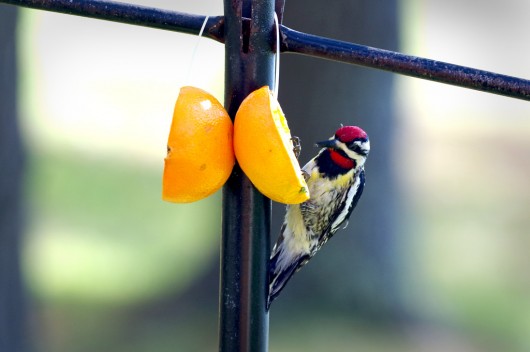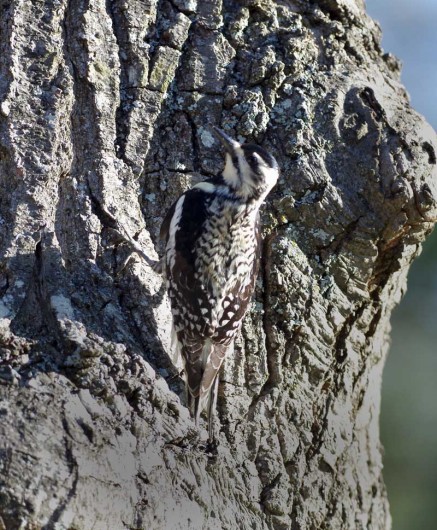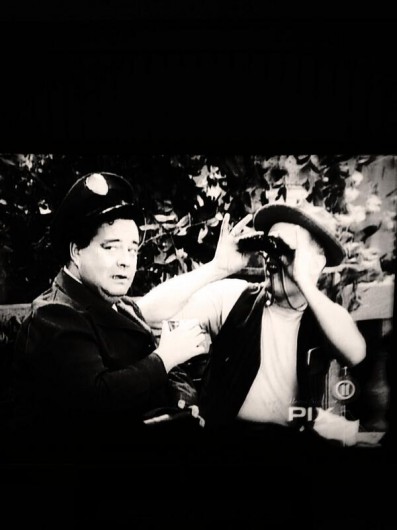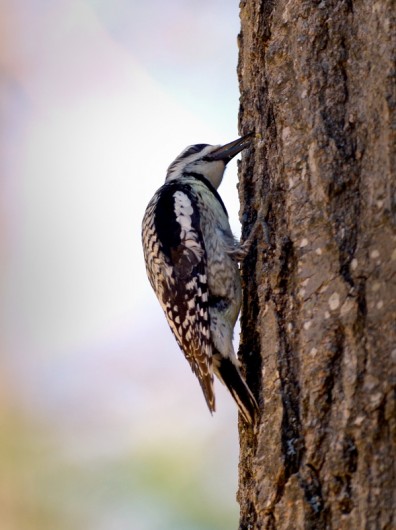Recently I’ve been on an Annita Wilschut knitting frenzy. I’ve knit Joris, Karel, Jacobus and Saar, and Vera. Mostly I’ve knit in Quaere Fibre Self-Striping Sportweight Superwash–a wonderful yarn, including for stuffed buddy projects.
Here’s my entire Wilschut gang, including Rainbow Vera decked out in her raingear.
Vera’s clothes, a separate Wilschut pattern, are very detailed. Apparently Vera is a bit fussy about how her clothes fit. You knit linings, pockets, and even some short row shaping.
That teeny raincoat even needed blocking to assure that its seams laid properly and that the garter stitch band didn’t curl. There are three small yarn over buttonholes knit into the band. But Vera is headed to a little one and so right now buttons are not a good idea.
Vera is especially pleased with her hat.
She thinks the color shows off her stripes quite nicely and even tones down her red nose a tad.
She isn’t sure why she’s got both a hood on her raincoat and a hat, but she’s not complaining. I told her that the hood could come in handy in a major downpour.
Vera pleaded with me not to show her naked, but I told her knitters and readers would want to see her pretty rainbow skin. I did agree that I’d not put her butt on display, though.













